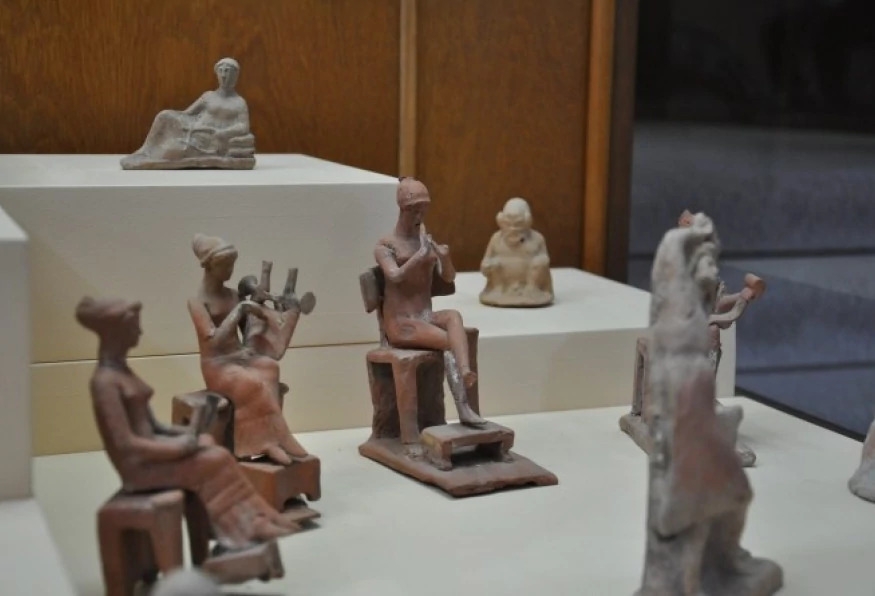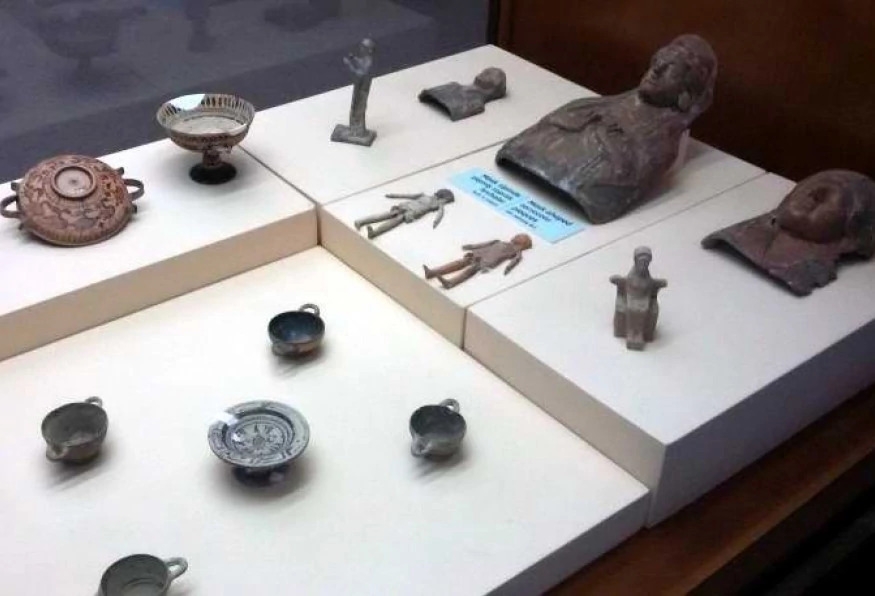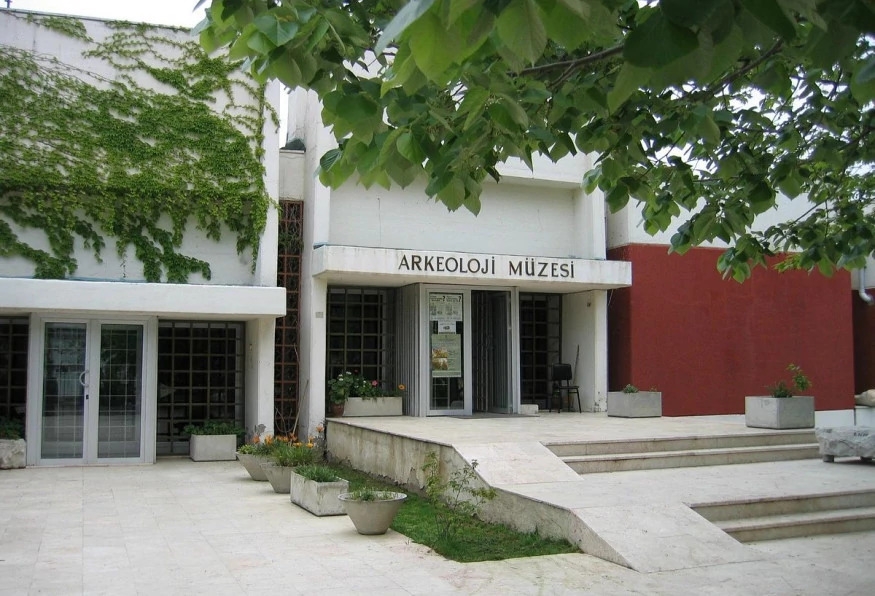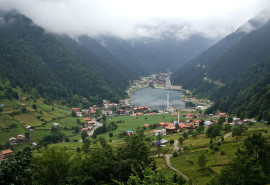Canakkale Archeological Museum
museumAround the end of the 19th century, archeological excavations have started around the Canakkale region at the ancient cities. The museum first takes place at the Zafer square and were using the church to store the artifacts that were founded in those excavations. In 1984 Mehmet Akif Ersoy public library was allocated for the museum and till now it has been the house of the museum.
The museum’s collection has 12.747 archaeological artifacts, 15.237 coins, and 2.714 ethnographic works which were founded during Troia, Dardanos Tumulus, ancient city of Tenedos excavations.
The items discovered in Troy excavations by H. Schliemann'la W. Dörpfeld, C. Blegen, and M. Korfmann are on display at Troia hall. It depicts the progression of ceramic technology from the Early Bronze Age to the Late Bronze Age. These relics on show are the work of original archaeological workgroups that have been featured in thousands of publications and international exhibitions.
In Assos Hall, the artifact that was found during Asso's excavations, the lekythos (a special type of ancient Greek vessel), bowls and goddess figurines, plus a terracotta puppet which has been found in a child grave, can be seen.
Dardanos Tumulus Hall has more than 300 artifacts that were found in King Dardanos's tomb, the founder of the ancient city of Dardanos. Aphrodite statuette is the most important artifact of the hall, it is the very early sample of the "Aphrodite of Knidos" theme which was made by Praksitele, one of the sculptors of the era B.C. 4th century. It symbolizes health, beauty, and freedom in art.
Polyxena Sarcophagus was found in 1994 built from Marmara Island marble, and the engravings on the sarcophagus picture the scene of the sacrifice of Polyxena, the daughter of King Priam.
Hadrian Statue roman emperor donate the building activities in Anatolia when Troia became a Roman district. The statue was erected to remember it and has described Hadrian in armor.




-thumb.jpg)

